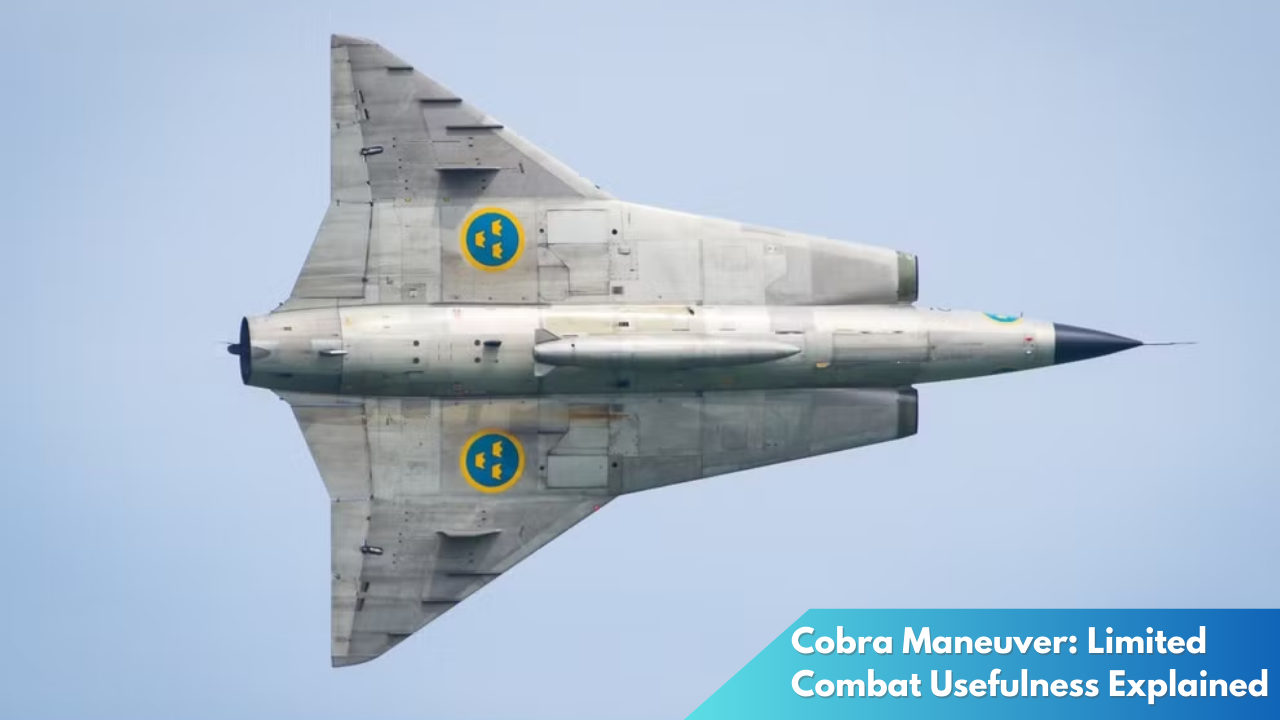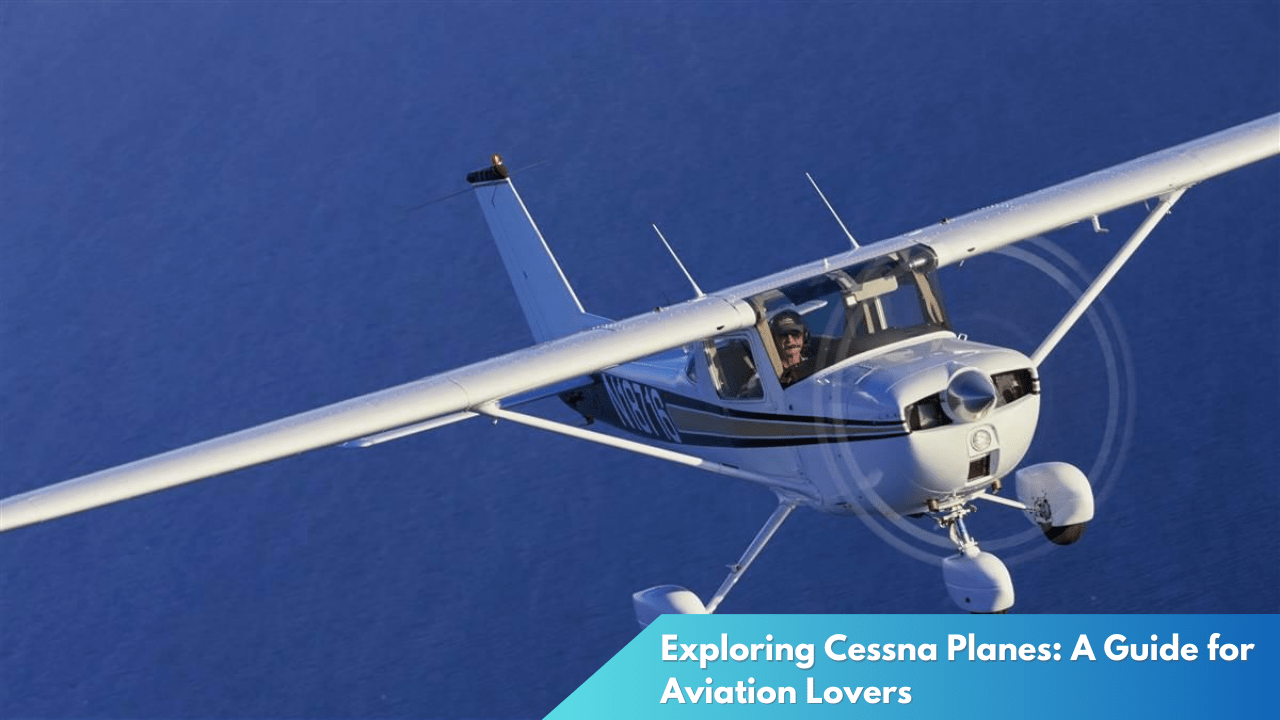Cobra Maneuver: Limited Combat Usefulness Explained
The Cobra Maneuver, a striking aerial display often seen at airshows, draws awe and admiration from aviation enthusiasts and spectators alike. Despite its breathtaking visuals and the technical prowess required to execute it, this maneuver’s practical application in aerial combat remains a subject of debate. This article delves into the captivating nature of the Cobra maneuver and explores the reasons for its limited utility in modern combat scenarios.
Cobra Maneuver: A Spectacle in the Sky

The Cobra Maneuver, elegantly described as an aircraft suddenly raising its nose to nearly vertical and then dropping it back to horizontal flight, is one of the most visually stunning airshow maneuvers. Named after the way a cobra snake rears its head, this aerial feat showcases the extraordinary capabilities of modern fighter jets, such as the Sukhoi Su-27 and the F-22 Raptor. The maneuver requires precise control of the aircraft’s angle of attack and thrust, demonstrating the pilot’s skill and the aircraft’s aerodynamic prowess.
Pilots execute the Cobra Maneuver by rapidly increasing the aircraft’s pitch angle until it exceeds the critical angle of attack, momentarily stalling the wings. This action allows the plane to “stand” on its tail while still moving forward, albeit briefly. From the ground, the sight of the jet seemingly defying gravity captivates audiences, turning airshows into thrilling spectacles. The maneuver is often highlighted as a testament to the technological advancements in aviation that allow for such complex and controlled movements.
While the Cobra Maneuver is a masterpiece of aviation artistry, it also serves as a powerful marketing tool for military aircraft manufacturers. By demonstrating the agility and performance of their jets, companies can potentially influence defense contracts and international sales. The maneuver symbolizes cutting-edge technology, precision engineering, and pilot expertise, elements that add to the allure and excitement of modern air power.
Limited Combat Usefulness Explained

Despite its impressive appearance, the Cobra Maneuver’s practical value in combat is considerably limited. In aerial dogfights, where speed, agility, and situational awareness are crucial, performing this maneuver can leave an aircraft vulnerable. The temporary loss of forward velocity and energy can provide an adversary with an opportunity to attack. Modern air combat heavily relies on beyond-visual-range (BVR) engagements, making such close-range maneuvers less relevant.
Additionally, the risks associated with performing the Cobra Maneuver during combat are significant. The maneuver induces high angles of attack and low airspeeds, conditions under which the aircraft becomes less responsive. This reduction in maneuverability can place the pilot at a disadvantage, especially in a dynamic and unpredictable combat environment. Moreover, executing such a move requires substantial pilot skill and experience, limiting its application to only the most proficient aviators.
Technological advancements in radar, missiles, and electronic warfare have further diminished the tactical necessity of the Cobra Maneuver. Modern aircraft are designed to maintain superior situational awareness and engage enemies at long distances, where close-range aerobatics are less effective. Thus, while the Cobra remains a remarkable display of engineering and piloting, its role in actual combat scenarios is largely ornamental rather than functional.
The Cobra Maneuver stands out as a breathtaking display of aerial mastery, capturing the imagination of aviation enthusiasts worldwide. However, its utility in contemporary combat situations remains marginal, overshadowed by the realities of modern warfare technology and tactics. As a result, this iconic maneuver continues to serve primarily as a testament to the human spirit of innovation and the relentless pursuit of pushing the boundaries of what is possible in the aviation domain.



